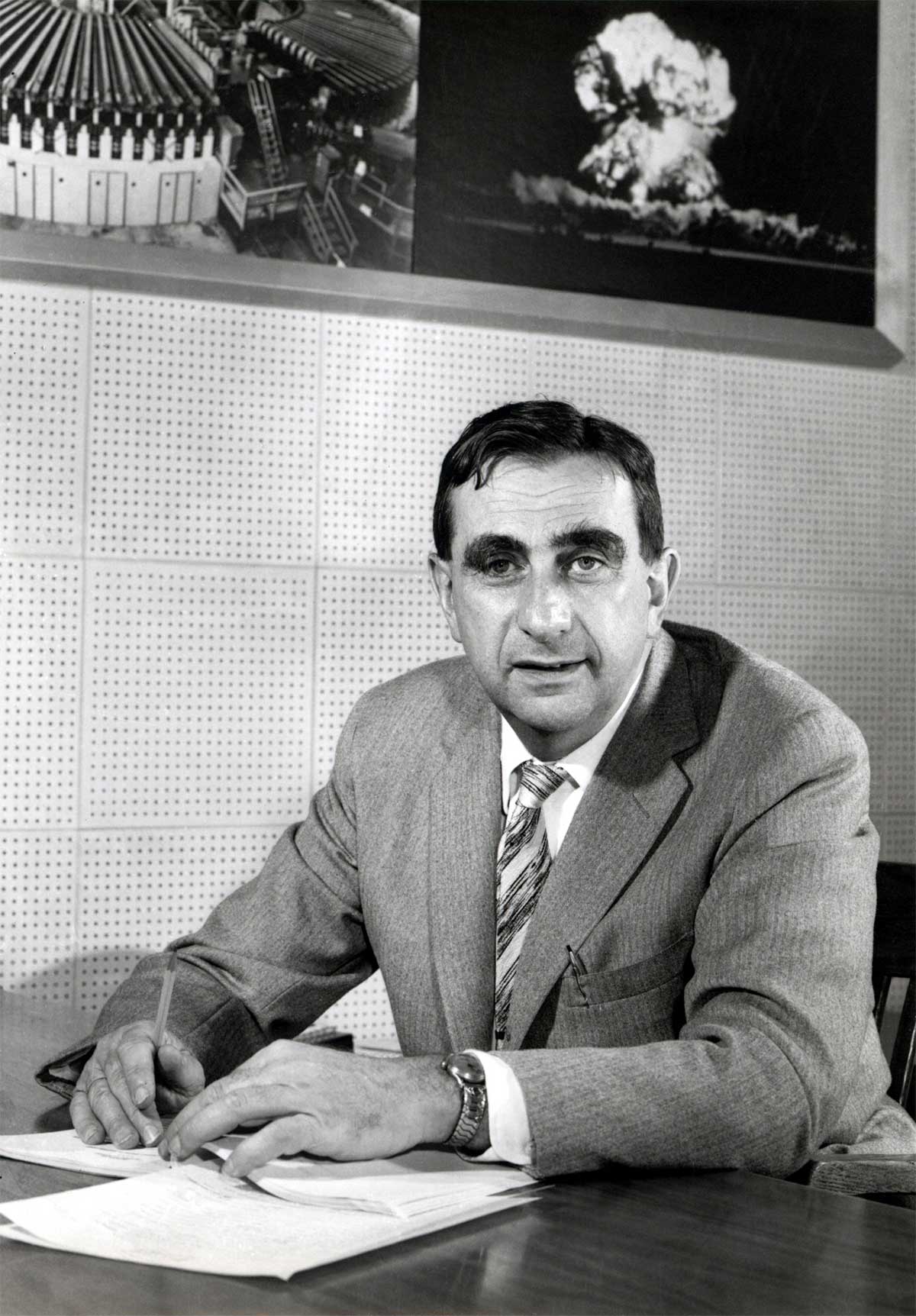The Classical Super is Born
Ultimately, plans to pursue the superbomb's development prevailed, and a few short months after World War II ended, the classical Super concept had become a cohesive reality. The basis of the concept was that a stream of neutrons emitted from a gun-type primary atomic bomb based on uranium-235 could initiate a nuclear detonation in a long cylinder of liquid deuterium via an intermediate chamber containing a mixture of deuterium-tritium (D-T). The concept of adding tritium to deuterium to lower the ignition temperature is credited to Emil Konopinski, who developed the concept in 1942.

That same year, Edward Teller discovered the ionization-implosion principle. He proposed an autocatalytic atomic-bomb design in which a boron-10 neutron absorber is placed in the interior of the active fissionable material of the bomb. The absorption of neutrons diminishes from compression, promoting increased criticality and boosting the bomb's energy release. Then, in 1944, John von Neumann proposed that a D-T mixture replace the boron-10 in Teller's autocatalytic system, as long as the mixture's ignition was the result of heating and ionization compression under the conditions of an atomic explosion, thereby increasing the number of fissions in the atomic bomb. This proposal proved an important step toward creating a thermonuclear-boosted atomic bomb.